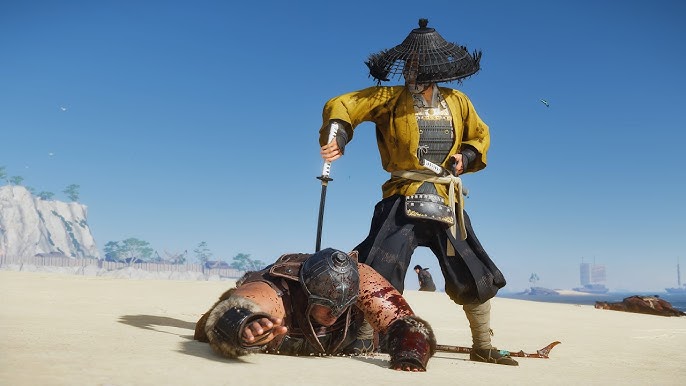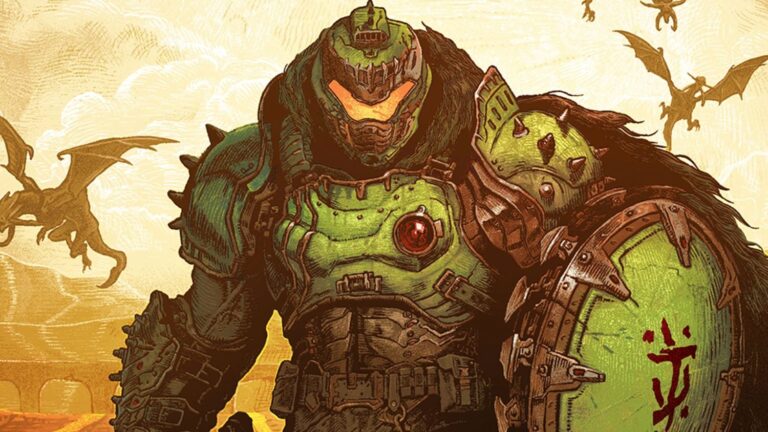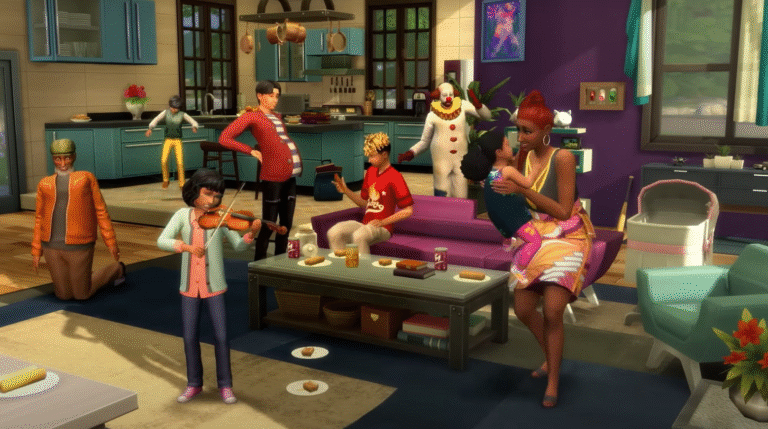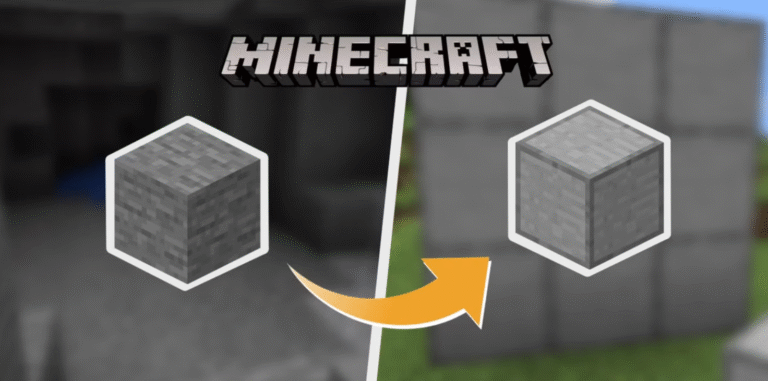
When it comes to indie horror games, few manage to blend atmosphere, story, and gameplay as effectively as Ghost of Yōtei. Developed by Retrotron and published by Untold Tales, this game invites players to explore a mysterious snow-covered island filled with supernatural occurrences and unsettling secrets. Combining elements of exploration, survival, and psychological horror, Ghost of Yōtei crafts a chilling narrative experience that sticks with you long after you put down the controller.
Setting the Stage: An Isolated Island Shrouded in Mystery
Ghost of Yōtei opens with the player’s arrival on Yōtei Island, a remote location covered in deep snow and dense forests, isolated from the outside world. The game’s setting immediately establishes an atmosphere of loneliness and suspense. The environment is beautifully crafted, using a muted color palette dominated by whites, blues, and greys to emphasize the cold and desolation. The sound design complements this with subtle environmental noises: the crunch of snow underfoot, the howl of wind, distant animal calls, and occasional eerie whispers that hint at the supernatural.
The island itself feels alive yet abandoned. Old buildings, rusting vehicles, and remnants of past human presence suggest a community that has long since vanished, leaving behind more questions than answers. This evocative setting is one of Ghost of Yōtei’s strongest assets — it draws players into its world and makes them eager to uncover its secrets.
Gameplay Mechanics: Exploration and Survival Horror

Ghost of Yōtei adopts a first-person perspective that heightens immersion and vulnerability. Players navigate the island on foot, collecting resources, solving puzzles, and avoiding dangerous supernatural entities. The game’s controls are smooth and intuitive, allowing for fluid movement across the snowy terrain and inside the various structures.
A core gameplay loop revolves around managing resources — such as fuel for a heater or batteries for a flashlight — which adds a layer of survival tension. The island’s freezing temperatures are a constant threat, requiring players to keep warm by lighting fires or finding shelter. This mechanic works well to build a sense of urgency without becoming tedious.
The puzzle design in Ghost of Yōtei strikes a good balance between challenge and accessibility. Players must piece together clues from the environment, decipher cryptic notes, and unlock doors or devices that block further progress. None of the puzzles feel unfair or out of place, and they enhance the feeling of investigation that permeates the game.
Combat is minimal but impactful. Instead of traditional weapons, players often rely on stealth and evasion to survive encounters with hostile spirits or monsters. These chase sequences are tense and well-executed, with the game’s sound design playing a critical role in alerting the player to unseen threats. The scarcity of safe spots and the limited means to defend oneself amplify the horror experience.
Narrative and Storytelling: Unraveling the Island’s Secrets
The story of Ghost of Yōtei unfolds gradually, woven through environmental storytelling, audio logs, and written documents scattered around the island. Players take on the role of a character investigating the mysterious disappearances and paranormal events plaguing Yōtei Island. As more layers of the story are revealed, it becomes clear that the island harbors dark secrets linked to ancient legends and a tragic past.
What stands out is the game’s ability to tell its story without heavy-handed exposition. Instead, it trusts players to piece together the narrative themselves, which creates a more engaging and personalized experience. The supernatural elements are intertwined with real human drama, making the horror feel grounded and emotionally resonant.
Ghost of Yōtei also excels in atmosphere-driven storytelling. The mood shifts subtly as players progress — from curiosity to unease to outright terror — reflecting the protagonist’s journey. Visual cues, lighting changes, and sound effects all contribute to this progression, making the narrative not just something to read but something to feel.
Visuals and Sound: Crafting a Chilling Ambience
Graphically, Ghost of Yōtei uses a stylized aesthetic that blends realism with artistic minimalism. The snowy landscapes are stunningly rendered, with detailed textures and dynamic lighting effects that change based on time of day and weather conditions. The foggy forests and decrepit buildings evoke a sense of decay and abandonment, reinforcing the game’s themes.
The character and creature designs are deliberately eerie without being overly grotesque, allowing players’ imaginations to fill in the blanks. This restraint is effective in maintaining suspense and avoiding cheap jump scares.
Sound design is a standout feature. Ambient noises create a persistent background tension, while the music swells during key moments to heighten emotional impact. The use of silence is just as important, creating moments of uneasy calm that make sudden scares more effective.
Voice acting is sparse but well done, with the protagonist’s inner thoughts adding depth without overwhelming the player with dialogue. The audio logs and messages are clear and help build the story’s context and backstory.
Strengths of Ghost of Yōtei
Immersive Atmosphere: The combination of visuals, sound, and environmental design creates one of the most haunting game worlds in recent memory.
Engaging Storytelling: The narrative unfolds naturally through exploration and player discovery, encouraging curiosity and attention to detail.
Balanced Gameplay: The survival elements, puzzles, and stealth mechanics work in harmony, offering a varied and suspenseful experience.
Emotional Depth: Beyond scares, the game explores themes of loss, memory, and redemption, adding emotional weight to the horror.
Areas for Improvement
While Ghost of Yōtei excels in many areas, it is not without minor flaws:
Pacing Issues: Some sections may feel slow or repetitive, especially during longer exploration segments without much narrative progression.
Limited Combat Options: The absence of more interactive combat mechanics might frustrate players who prefer a more action-oriented approach.
Occasional Technical Hiccups: Minor bugs or glitches can occasionally disrupt immersion, though these are generally rare.
Ghost of Yōtei is a compelling indie horror game that successfully blends exploration, survival, and supernatural mystery into a cohesive and memorable experience. Its hauntingly beautiful setting and carefully crafted atmosphere pull players into a chilling narrative filled with tension and emotional resonance. While not perfect, the game’s strengths far outweigh its weaknesses, making it a worthwhile journey for anyone who enjoys atmospheric horror with a strong story.
If you’re looking for a game that will keep you on edge, stimulate your curiosity, and haunt your thoughts long after the credits roll, Ghost of Yōtei is definitely worth exploring.




